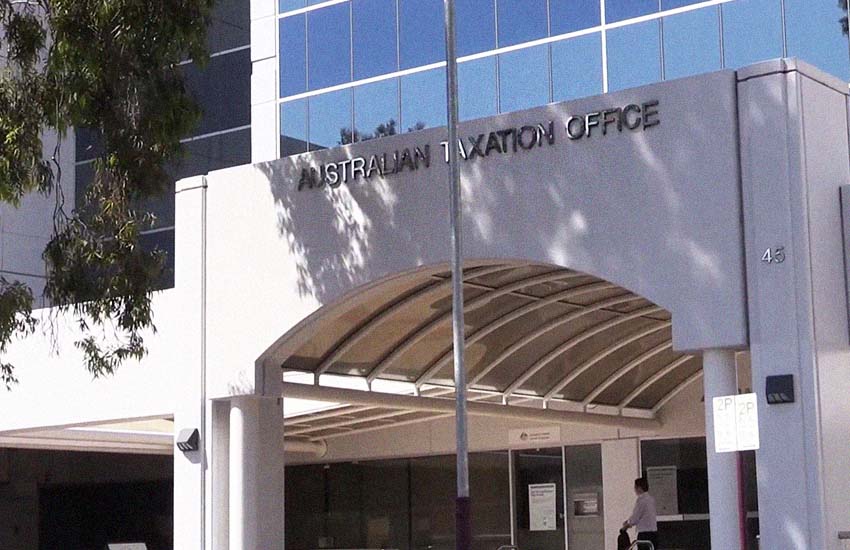The temporary loss carry-back measure, announced in the federal budget, allows corporate tax entities with an aggregated turnover of less than $5 billion to carry back a tax loss for the 2020, 2021 or 2022 income year and apply it against tax paid in a previous income year as far back as the 2018–19 income year.
Guidance on the measure has now been published by the ATO, covering eligibility, how to claim, working out the offset, and integrity rules.
You’re out of free articles for this month
On the eligibility front, entities will be able to claim the tax offset if they made tax losses in the 2019–20, 2020–21 or 2021–22 income years, have a surplus in their franking account at the end of the income year being claimed for, and have met their income tax lodgement obligations for the previous five income years.
Entities can only carry back tax losses made in the 2019–20, 2020–21 or 2021–22 income years and can only use a tax loss once.
Certain losses such as capital losses, tax losses arising from the conversion of excess franking offsets, or transferred losses relating to foreign banking groups or head companies of consolidated groups, cannot be carried back.
The ATO notes that the company tax return form will be updated with the additional labels to claim for the 2020–21 or 2021–22 income years. The tax offset cannot be claimed in the company tax return for the 2019–20 income year.
The Tax Office has also provided preliminary guidance on integrity rules, noting that the loss carry-back can be denied where there is a scheme for disposition of ownership interests resulting in a change of control of a corporate entity; a financial benefit received in connection with the scheme; or a more-than-incidental purpose of enabling the entity to get a loss carry-back tax offset.
ATO second commissioner Jeremy Hirschhorn had earlier cautioned businesses against incorrectly taking advantage of newly introduced tax measures and to instead “follow the spirit of the law”.
“Existing general anti-avoidance rules have also been adapted so that they may apply appropriately in the context of loss carry-back,” the ATO said.
“We will be providing further information on the operation of integrity rules for loss carry-back, and on features of arrangements or schemes that may attract our attention in due course.”
View the ATO’s information on the loss carry-back tax offset, including how to calculate the amount of tax offset, here.
Jotham Lian
AUTHOR
Jotham Lian is the editor of Accountants Daily, the leading source of breaking news, analysis and insight for Australian accounting professionals.
Before joining the team in 2017, Jotham wrote for a range of national mastheads including the Sydney Morning Herald, and Channel NewsAsia.
You can email Jotham at: This email address is being protected from spambots. You need JavaScript enabled to view it.

 Login
Login







